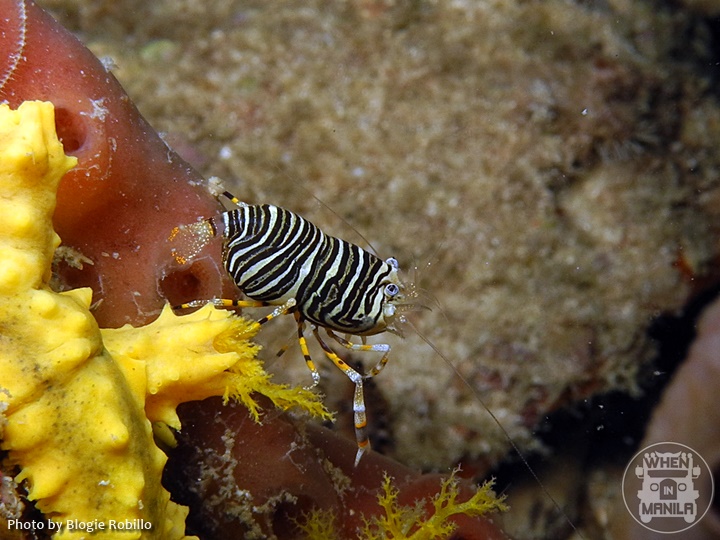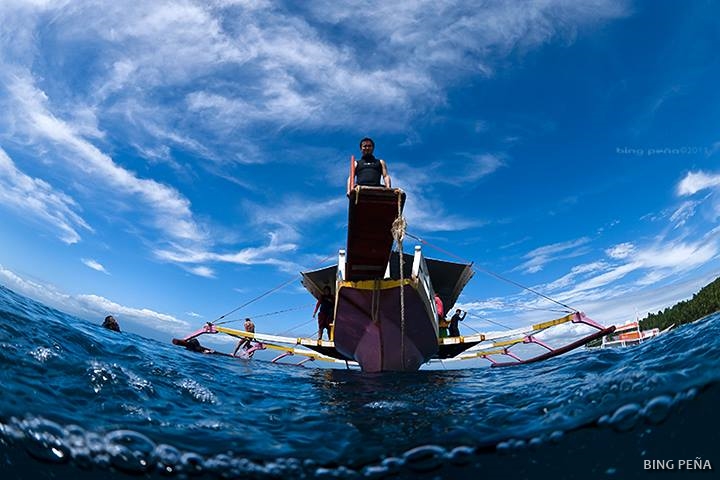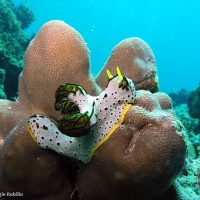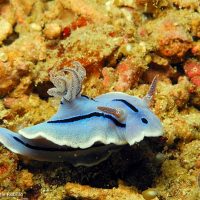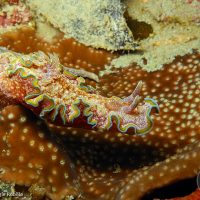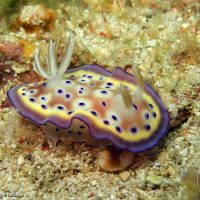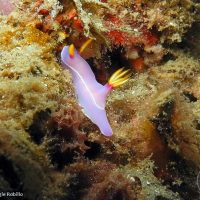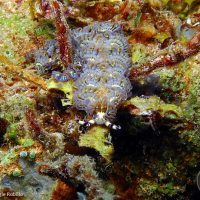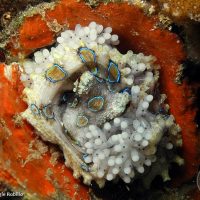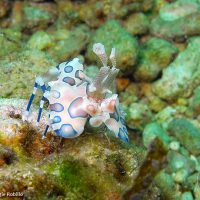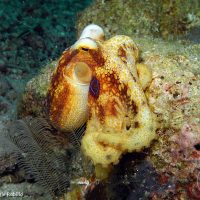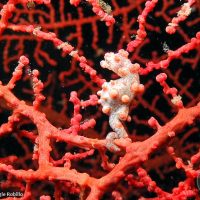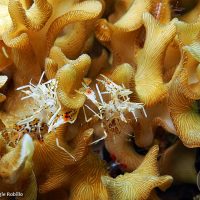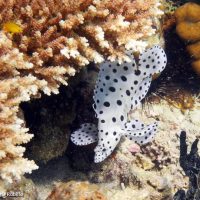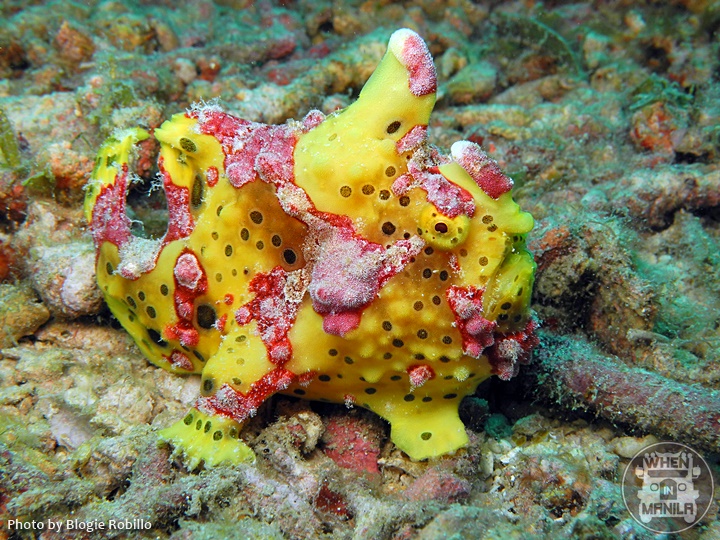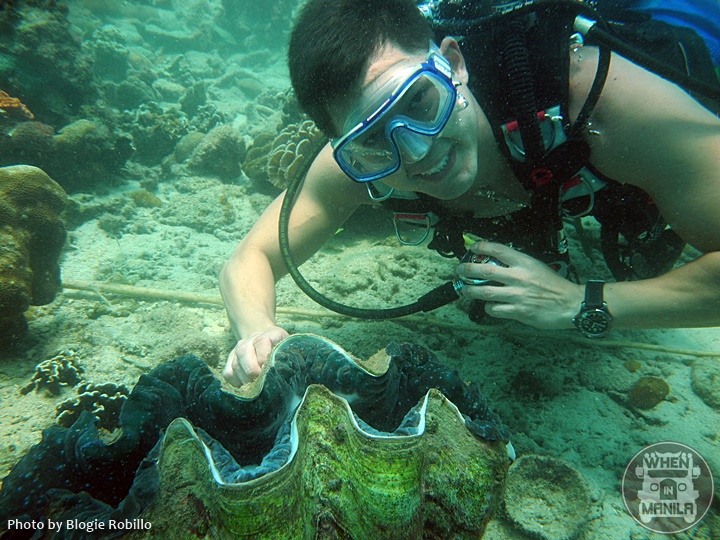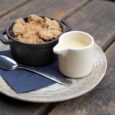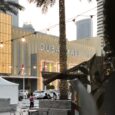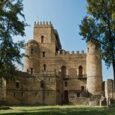This is the opening salvo for my Dive Trip series, which will feature Philippine scuba diving destinations. I’ll focus first on the country’s lesser-known ones, which may not be as popular as Tubbataha or Anilao, but do have something unique or exciting to show under- & above water, just waiting to be discovered.
The Dive Sites
When we invite people to come dive Davao, we actually mean Samal. Yes, there are a couple of notable dive spots off the mainland, but the diving industry of Davao City—where most of the dive shops are located—is concentrated on the islands of Samal.
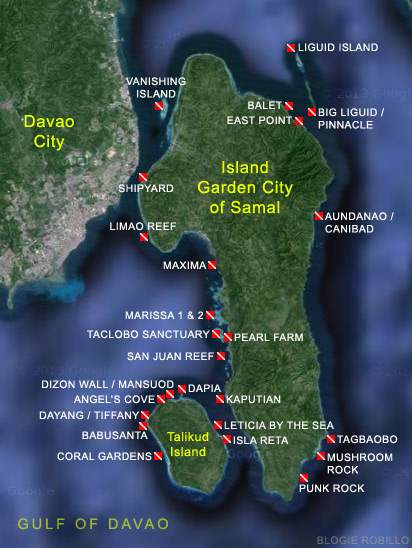
Coral walls feature in many of Samal’s dive sites: Dizon Wall, Mansuod, Dapia, Balet, Maxima, Mushroom Rock, Big Liguid, Aundanao. You have to try night diving at Mushroom Rock — see enormous basket sea stars on the reef, feeding with ghostly, outstretched arms (often lived-in by commensal shrimp).
There are sea mounts as well: Marissa 1 & 2, San Juan Reef, Marikit, etc. The Pinnacle site, south of Big Liguid, features three consecutive narrow, cone-shaped mounts, with each peak being deeper than the next. The deepest is at around 200 feet (61 m).
Sandy-bottom or muck-diving sites Dayang, Babusanta, Isla Reta, Kaputian, Canibad, Vanishing Island, East Point are favorites among macro photographers. I saw my first pair of flamboyant cuttlefish (Metasepia pfefferi) at the East Point site, which is volcanic sand blanketed in silt. The rest of the dive sites I’ve just mentioned have white-sand and/or rubble profiles.
My personal favorites are Dayang and Isla Reta, both named after the beaches above them. They’re good spots for overnight trips, especially Isla Reta, which is great for night diving. We’ve spotted blue-ringed octopuses there, one with eggs (possibly Hapalochlaena lunulata).
I love diving at night, and there’s a very productive site off Samal Island to which my friend, dive instructor East Pardillo, introduced me two years ago. By ‘productive’ I mean the site, called “Shipyard” because it used to be one, has a plethora of critters that will delight u/w photographers. For starters, the striped bumblebee shrimp (Gnathophyllum americanum) are in abundance there. On my first dive at Shipyard, we saw seven!
The bumblebee shrimp–holy grail for many divers
Samal Island is still largely underdeveloped. Sure there are lots of small establishments now, but the island still retains its tropical charm. Most beach resorts are white-sand, and have huts or very basic accommodations. There are a number of high-end resort hotels too, such as Pearl Farm Beach Resort and Secdea Beach Resort, and both establishments offer private scuba diving services.
Dive Safari
What many of us here look forward to are the 3-day trips—or “dive safaris”—that some dive outfits organize. It’s when a group of about 10-15 divers load up a big banca with enough supplies and tanks, then go around Samal and Talikud Islands, diving 3 or even 4 times a day. For sleeping arrangements, some don’t mind bunking on the banca, but I like it when we dock at a beach and spend the night comparing notes on critters over a few drinks.
Davao dive boats are pretty big! (Photo by Bing Peña)
There are maybe 30 or so outriggers operating out of Sta. Ana Wharf in Davao City, with an average maximum capacity of 35 pax. The minimum rate for renting a banca here is ₱6,500 for 8-10 hours. It’s cheaper for smaller boats, but there are only a handful of those. My personal favorite is M/Bca Datu Budas, which has a capacity of 40 and is suited well enough for diving — it’s spacious and powerful, and has a sun deck for stretching out after hours under the sea. The people who run Datu Budas can even take care of catering, and their cooking’s not bad at all! [Contact the boat captain, Ronnel “Intoy” dela Serna, for bookings: +63(922)700-8496]
Wreck Diving
It’s worth mentioning that there is wreck diving in Davao and Samal. The most exciting and challenging is off the coast of Talomo Beach in Davao City — Sagami-maru. It’s a WW2-era Japanese warship that was sunk by the American submarine Seawolf in 1944. The ship now rests 300 feet (91 m) below the sea, but is situated vertically, so its shallowest part (the pilot house) is at a depth of 180 feet (55 m). Due to bad visibility during the rainy season, the best time to dive Sagami-maru would be in the summer.
There are two wreck sites in front of Pearl Farm Beach Resort as well, and I’ve been told they’re in shallower waters. Thing is, you’d have to stay at the resort and use their dive facilities to see those wrecks.
Critters to See
In my years of diving Samal, I’ve occasionally seen pawikan, barracuda, a few mantas & rays, some tuna, and a single whale shark. Suffice it to say that this dive destination doesn’t have much in the way of large marine life. (Which is surprising, since the coral cover around the islands is some of the richest I’ve seen.) Whale sharks do pass through, reportedly between November and February, and there have been plenty of sightings at the Maxima AquaFun Resort. However, Samal’s true allure are tiny critters: crustaceans of various sorts, nudibranchs, pygmy seahorses (and regular-sized ones, too); but also gobies & blennies, a cornucopia of mollusks, and a host of other marine life.
- Nudibranch (A. serenae)
- Nudibranch (C. willani)
- Nudibranch (G. cincta)
- Nudibranch (G. kuniei)
- Nudibranch (H. bullockii)
- Nudibranch (P. ianthina)
- Blue-Ringed Octopus with eggs
- Harlequin Shrimp
- Mototi Octopus
- Pygmy Seahorse
- Tiger Shrimp
- Humpback Grouper
Since I started dabbling in u/w photography (just an old point-and-shoot, really), I’ve taken an interest in several subjects, chiefly nudibranchs — so far, I’ve personally seen more than a hundred species here. I also like photographing frogfish, but they’re not terribly common in these parts. Or I should probably say, they seem to be seasonal and somehow I keep missing out… On one night dive, though, we spotted six juveniles of different species in one area!
Warty Frogfish (Antennarius maculatus)
If you really want to see something big and awe-inspiring, I highly recommend the Taclobo Sanctuary in Samal. Due to overharvesting, it’s rare to see giant clam in the wild, but the Sanctuary is a conservation effort that’s hopefully reversing the tide of extinction. Located off Bgy. Adecor, Kaputian District, this commendable program has raised thousands of giant clam, with some of the biggest measuring several feet across and weighing hundreds of pounds.
Diving with tanks isn’t allowed in the Sanctuary, but boats can approach the area and freediving is OK. There is a minimal fee (₱70/pax), and a caretaker will deliver a brief lecture before letting you commune with the giants. For me, this is a good way to end a dive day, and paying them a visit helps ensure the future of these long-lived bivalves.
Marc Nelson with a Giant Clam
Philip “Sonny” Dizon, owner of Maxima AquaFun Resort and self-styled marine conservationist, also maintains a taclobo sanctuary at the resort (which is, in fact, named after a species of giant clam). Divers can approach the taclobo clusters, but the resort’s personnel do keep a close watch. Mr. Dizon is at the forefront of shining the spotlight on the Davao Region’s eco-tourism potential, often bringing celebrities such as all-around adventure guy, Marc Nelson (seen here at the Dizon resort with a Tridacna maxima).
Diving & accommodations facilities are next…
-Click to the next page-

